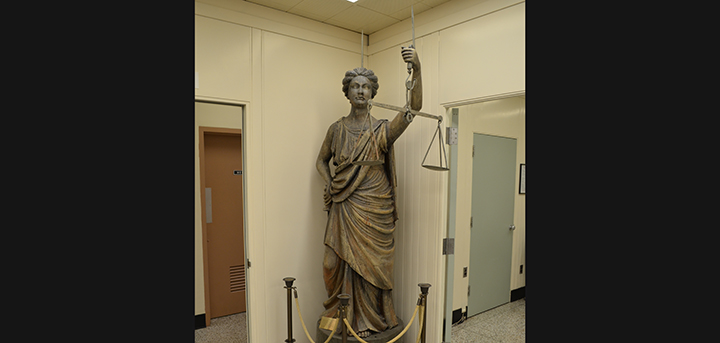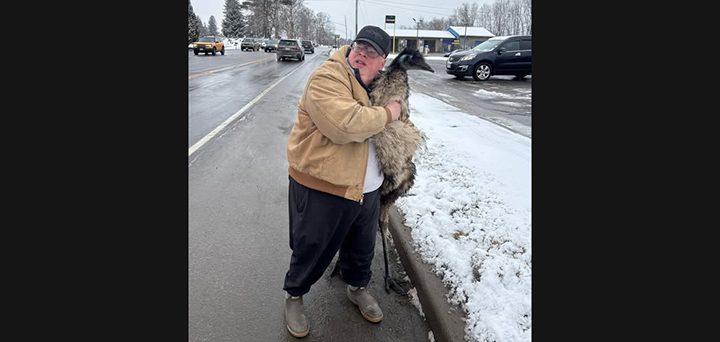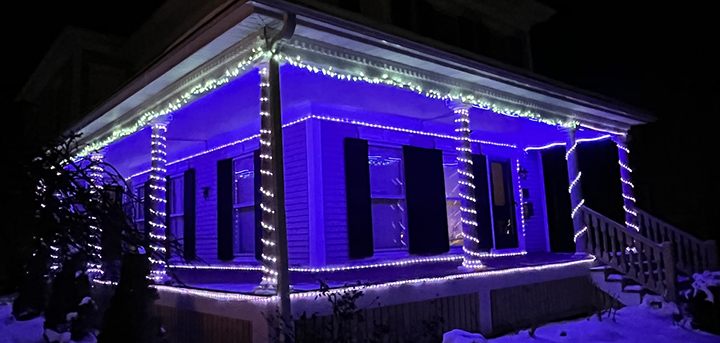Area bobcat population is climbing
As this column has noted before, our section of the state is going through some major changes – in natural habitat characteristics as well as the wildlife species that the changed flora attracts. Most noticeable have been the increased presence of predator species such as coyote and black bears. Earlier this week the DEC verified this when it announced it was installing a three-year experimental research on another predator, by holding a bobcat trapping season that will include portions of our region
The experimental season will also include trapping for fisher and bobcat in Wildlife Management Units (WMUs) 6A, 6C, and 6H, which include northern parts of Jefferson, Lewis, St. Lawrence and Franklin counties, that will be implemented beginning November 1, 2006 through special permits issued to trappers. Noteworthy under this program is that trappers who obtain a special permit for the bobcat trapping season will be able to trap bobcats in WMUs 4F, 4N and 4O, which include parts of Delaware, Otsego, Schoharie, Broome and Chenango counties. Fisher trapping will be prohibited in these three WWUs.














Comments